The Samyang/Rokinon 12mm f2.0 for x-mount was recently announced and has arrived in the stores. Samyang is the original manufacturer and the lens is also rebranded and sold under several names, including Rokinon. I ordered one to take a look, nice and compact and it was certainly priced right. It is manual focus, manual aperture with no EXIF data being sent to to the camera, which is something that really irritates me, but oh well. At least Fuji anticipated that people might use other brands of lenses that might not provide that information so you can at least set the focal length using the camera menu. This allows you to identify the lens when you are using it in the field, but you do not get any aperture information.
I received my copy of the lens, packaged well for shipment in a plastic shell with a small manual and small cloth bag to hold the lens if needed in the camera bag. The lens shade is detachable and made from plastic. The locking mechanism for the hood seems a bit weak and may wear after some on and off use, maybe not but I do not have a lot confidence in it. The aperture ring is smooth and has half stop detents from f2 to f22. The end of the lens barrel is threaded for 67mm filters. The focusing ring was smooth and gives a nice feel when focusing. The lens itself seems to be well built and rugged, it is not weather sealed. When inserted into the camera there is some play, it did not lock in place firmly. I was able to twist and shift it a small amount between the stop in the lens mount, since there are no electrical contacts this should not really be a problem, although I wished it would lock in place better, this might be just manufacturing tolerances. The lens is light enough that it balances well with the camera.
Static testing
So off to shoot a few sample images. First off I wanted to see what kind of distortion I might get from a lens this wide. I figured there would be some distortion, it is hard to make a completely rectilinear lens and this was not an expensive lens by any means. The Samyang 14mm lens for dslrs had a really strong moustache type distortion which could be problematic. So for my first target I set up a grid made from a filter from an air conditioner, it was setup to be level and the camera was mounted on a tripod and square and level to the grid. As you can see from the image there is very little distortion. A small amount of barrel distortion that would be easily fixed in post processing, when and if you really needed to fix it, it most shots except for architecture you would probably not notice it.
One troubling thing, if you look on the image to the left is the yellowish color in the middle from the top to the bottom of the frame. This is not the color of the wall, and I did see this on the screen while taking the images, it is present in the images. The wall that this is on is a uniform blue color. It looks like it might be some issue with the coating or the type of coating with this lens, I don’t know if this is just my sample. So I brought out my other test chart. By the way these test charts are just something I threw together for me to see how lenses perform, other than careful alignment and doing the best I can to level and keep things straight, there is some room for some error. Not scientific at all so remember that. Anyways, the next chart is made from some lens test charts by Norman Koren, downloaded and printed on white paper with my epson printer. They are mounted to a foam core board that is slightly yellowish and there are some spray glue remnants, remember this is not scientific, just my take on testing.
Up the chart went and everything was aligned. Test images were taken at all apertures. My purpose for this test was to see corner
sharpness and vignetting and overall lens sharpness. This image to the right was shot at f5.6 and also shows the same yellowish patches from the lens. Again this is disturbing. However, the lens is pretty sharp overall. Especially in the center, which is pretty typical of ultra wide angle lenses. At f2, which is wide open for this lens, it is somewhat soft, however the sharpness is acceptable at f2.8, both center and edge. The corners do not really get sharp until around f4 without sharpening applied and pretty good at f5.6. Below in the gallery are some corner crops from the upper left corner. Also there is pretty significant vignetting at f2 and gets reasonable at f4 and beyond. Click on the images to see larger versions and for the corner crops they are 100%.
Real world imaging
As I mentioned the color cast in the middle might not be noticeable in real world images. I did go out and shoot a few images in the real world. These are shot at f11. The first was hand held and the second was on a tripod. Click on the images to see larger versions.
Here is a comparison shot with the Rokinon 12mm at f11 and the Fuji 10-24mm at 10mm and f11. The tripod was kept in the same location, just the lens was changed in between shots. You can see that an extra 2mm can make a difference in the field of view.
Conclusions
I was really hoping that this was going to be a great lens, the price was great, and Samyang has made some great lenses in the past. This lens is a little smaller than the Fuji 14mm f2.8 and has the same focal length as the Zeiss Touit 12mm f2.8 but at half the price. This price differential is what was really appealing for the Samyang/Rokinon lens. The build quality is there, the minimal distortion and the pretty good control of vignetting, and the corner sharpness even at wider apertures make this a really wonderful lens. The only thing that could be a problem is this discoloration I saw in my static testing. I am hoping this was just an aberration of my testing or my copy of the lens. I will give another lens a try and see if I can get a better copy, but before I send it back I will redo some of the testing on some different subject matter. The reality is that it is probably not noticeable, but I know some light colored building I will have to give it a try and see before I return it.
Is this a replacement for the Fuji lenses? No I don’t think so, it might be a nice addition or if you are on a budget it might be a good lens to get. It is really hard to beat the Fuji 14mm f2.8 or the Fuji 10-24mm f4, they are very high quality lenses.
Thanks for looking and I will update this when I have anything to update.

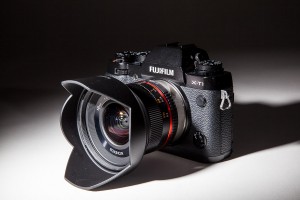
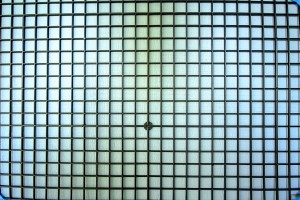
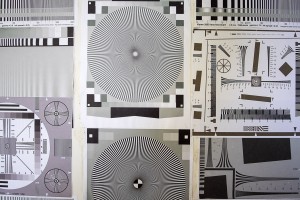
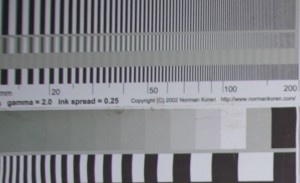
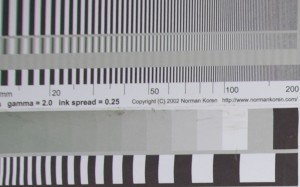
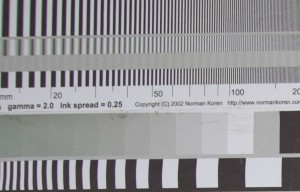
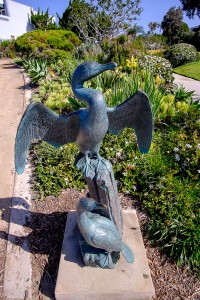
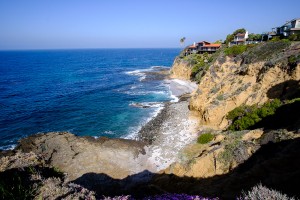
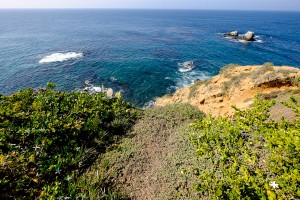
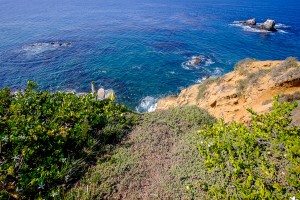
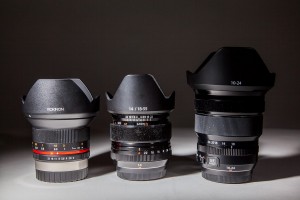

4 Comments
very little distortion?? this seems quite euphemistic to me.
Even if I was on a budget looking for optics in this focal range I see absolutely nothing appealing about this lens…. Why settle for worse/less just because cash would be low? – instead my advice would be to just ‘save up’ for a little longer and go for quality-optics…. The two WA Fuji lenses You mention in the conclusion would always be lurking at the back of my mind, at least, if I initially went for the Rokinon. In the end You’ld be wanting one of these and actually might end up spending more money this way by starting out ‘cheap’.
Thanks for the write-up.
Best
klehmann
Thanks for the comments, klehmann. I agree in the long run but some people who do not have the budget for the more expensive and better optics might be interested in this lens. I was interested because of the speed, and to use for astrophotography. A small and easily portable lens. There are tradeoffs in everything, it will just depend on whether they are acceptable to the user or not.
Best,
Alan
I thought about using this for astro too but that’s impossible with the wo quality of this lens. It should have cost half of what it does know (and I bet in a year it will be already below the 300$ mark). In EU this lens is supposed to cost 400EUR, while for a little more than 500EUR you can already get the Sony 10-18mm and for a little more than 600EUR you can get the Fuji 14mm. Both offer a difference in quality that is more than worth the difference in price. This lens isn’t even good value.
6 Trackbacks
[…] Rokinon 12mm f2.0 for X-Mount – a first look at aps-photo: “Is this a replacement for the Fuji lenses? No I don’t think so, it might be a nice […]
[…] […]
[…] The Samyang/Rokinon 12mm f2.0 for x-mount was recently announced and has arrived in the stores. Samyang is the original manufacturer and the lens is also rebranded and sold under several names, including Rokinon. […]
[…] PREViEWS, FiRST iMPRESSiONS & SAMPLES: // Rokinon 12 mm f/2 (X-Mount) at aps-photo.com […]
[…] The Samyang/Rokinon 12mm f2.0 for x-mount was recently announced and has arrived in the stores. Samyang is the original manufacturer and the lens is also rebranded and sold under several names, including Rokinon. I ordered one to take a look, nice and compact and it was certainly priced right. It is manual focus, manual aperture with no EXIF data being sent to to the camera, which is something that really irritates me, but oh well. At least Fuji anticipated that people might use other brands of lenses that might not provide that information so you can at least set the focal length using the camera menu. This allows you to identify the lens when you are using it in the field, but you do not get any aperture information. I received my copy of the lens, packaged well for shipment in a plastic shell with a small manual and small cloth bag to hold the lens if needed in the camera bag. The lens shade is detachable and made from plastic. The locking mechanism for the hood seems a bit weak and may wear after some on and off use, maybe not but I do not have a lot confidence in it. The aperture ring is smooth and has half stop detents from f2 to f22. The end of the lens barrel is threaded for 67mm filters. The focusing ring was smooth and gives a nice feel when focusing. The lens itself seems to be well built and rugged, it is not weather sealed. When inserted into the camera there is some play, it did not lock in place firmly. I was able to twist and shift it a small amount between the stop in the lens mount, since there are no electrical contacts this should not really be a problem, although I wished it would lock in place better, this might be just manufacturing tolerances. The lens is light enough that it balances well with the camera……. […]
[…] See on https://www.aps-photo.com […]